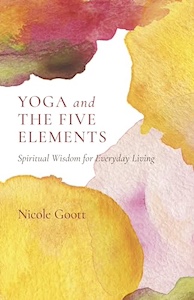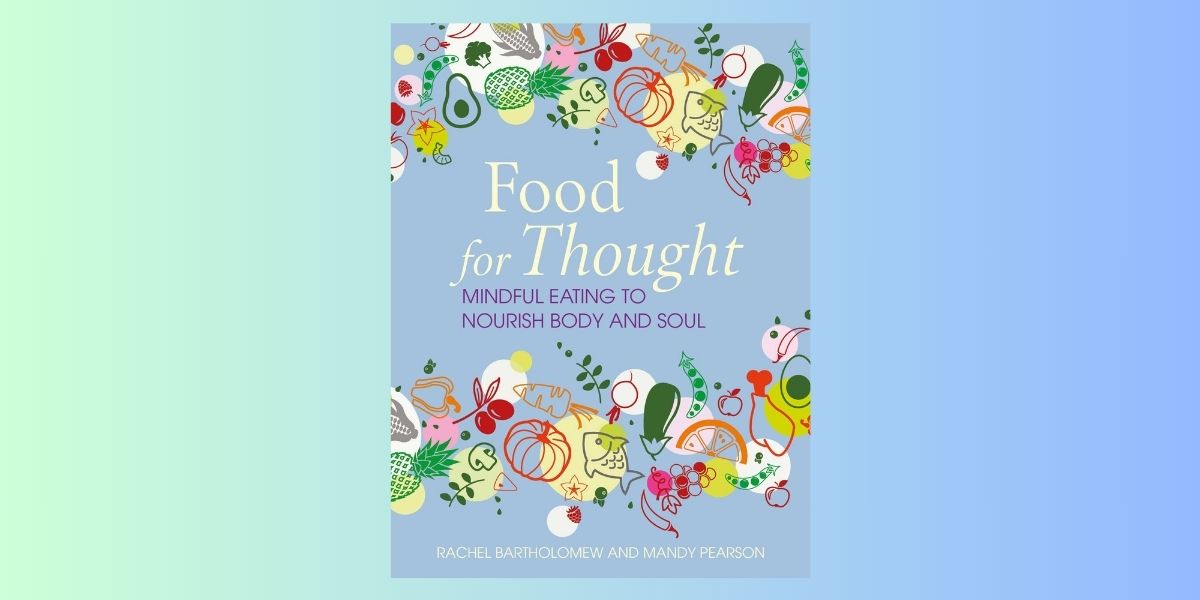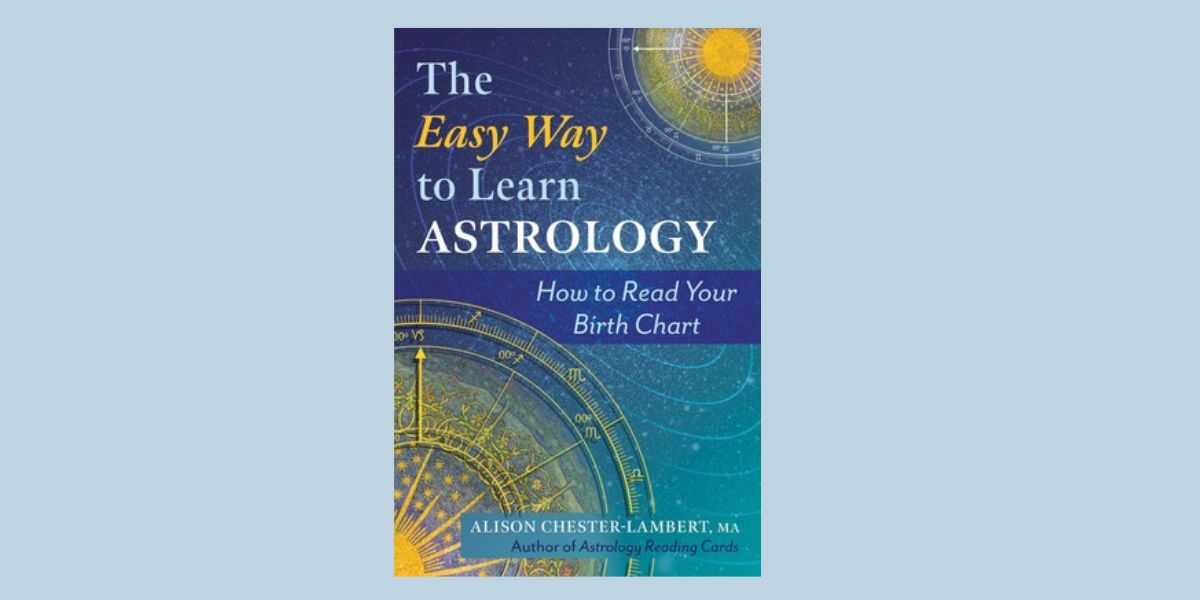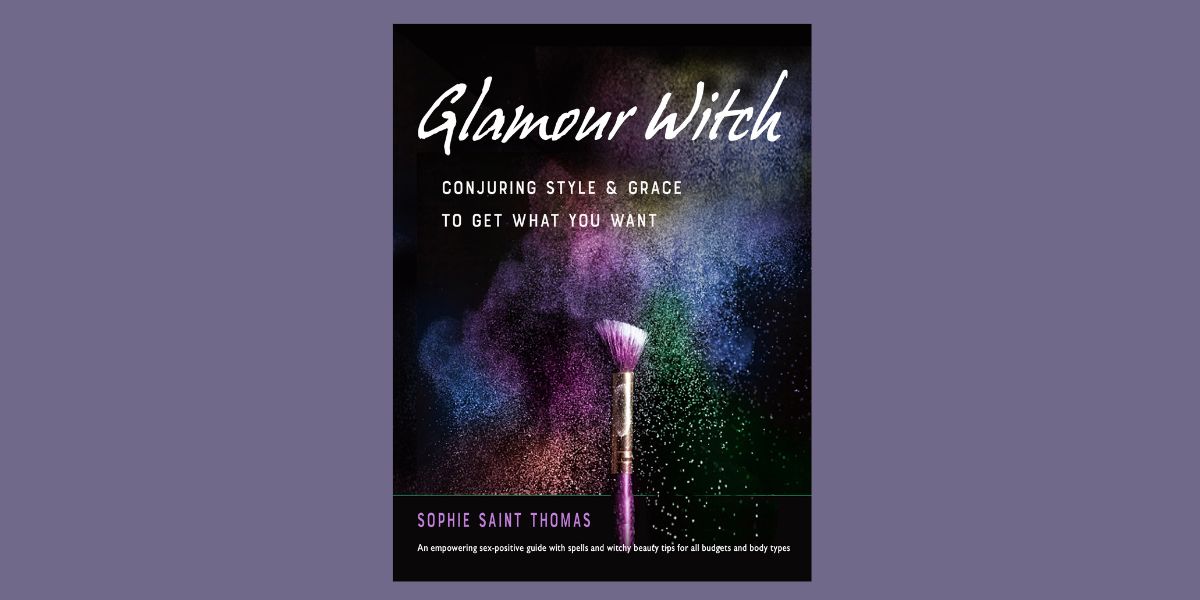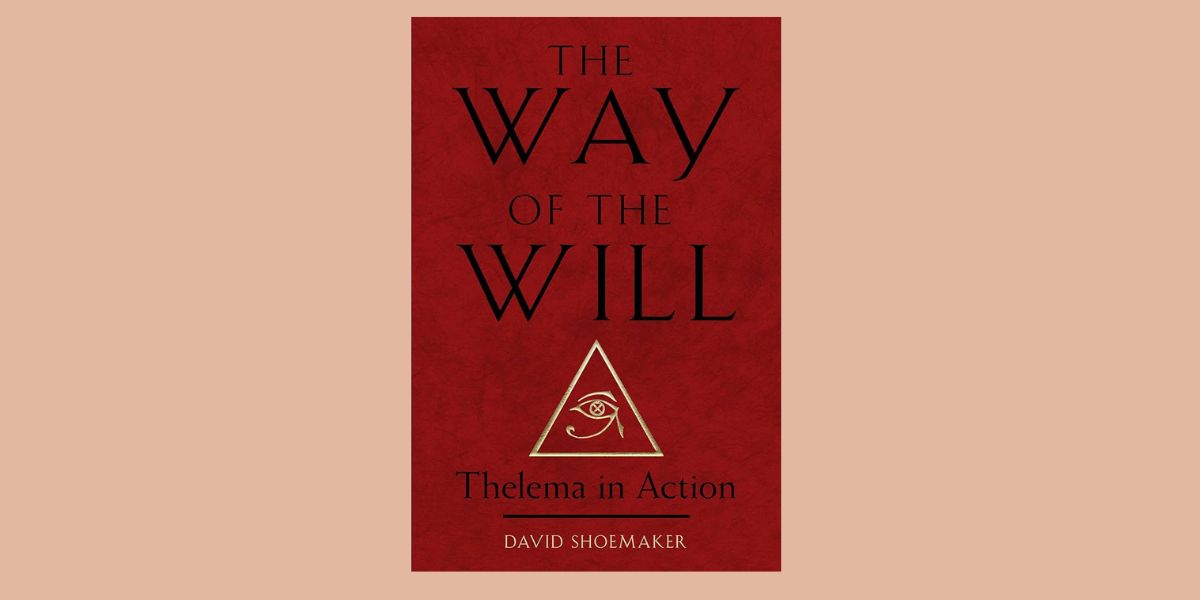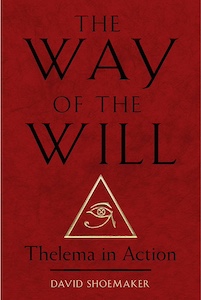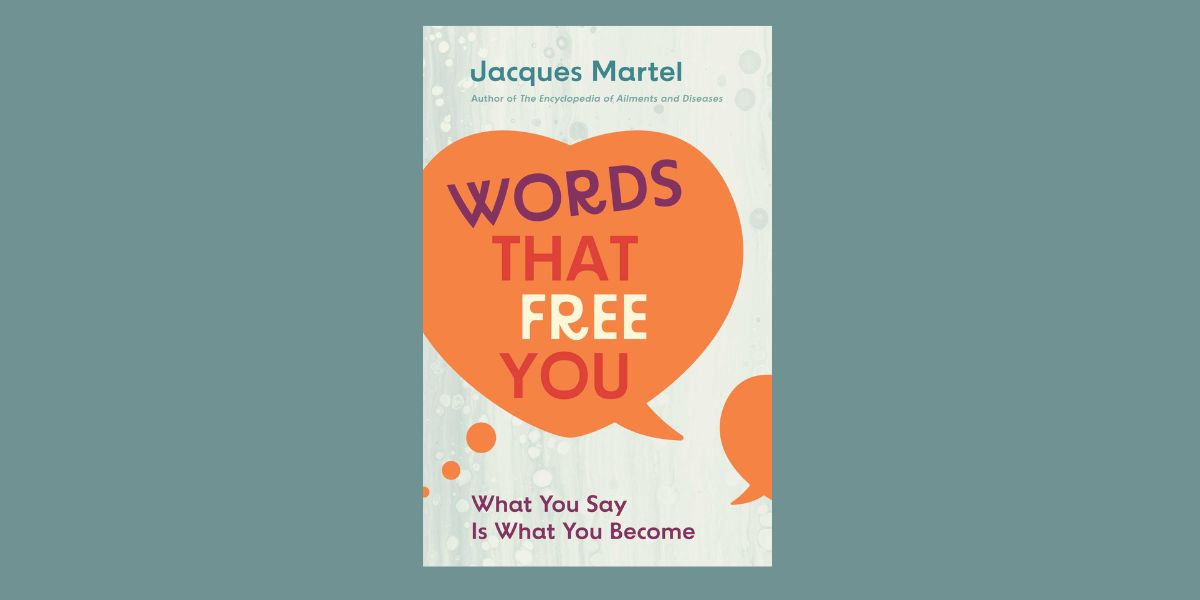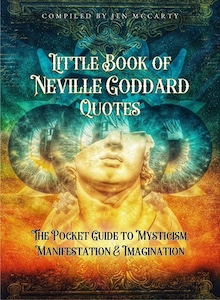
Little Book of Neville Goddard Quotes – The Pocket Guide to Mysticism, Manifestation and Imagination, compiled by Jen McCarty
Muse Oracle Press, 9780645885019, 290 pages, August 2024
Neville Goddard, a profoundly influential figure in the realm of metaphysical thought and spiritual teachings, left his mark on the world with his unique perspective on the power of the mind and imagination. Born on February 19, 1905 (Pisces!), in Barbados, Goddard grew up in a large family before moving to the United States to pursue his ambitions. It was in America that Neville embarked on a journey of spiritual and philosophical exploration, ultimately leading to the development of his central thesis: that the human imagination is God, and that individuals can manifest their desires into reality through the power of thought and belief.
Goddard’s teachings, which spanned over three decades from the 1930s to his death in 1972, emphasized the scriptural interpretation not as literal historical accounts, but as metaphors for inner psychological and spiritual truths. He urged his followers to practice the art of assuming the feeling of their wish fulfilled, positing that such a practice could lead to the manifestation of their desires. His lectures, books, and lessons, many of which he generously offered for free, centered around the practical applications of this philosophy, aiming to empower individuals to shape their reality through directed thought and imagination.
Neville Goddard’s legacy is a rich tapestry of spiritual insights and practical wisdom. His work continues to inspire and influence countless individuals seeking to unlock the power of their minds and achieve greater control over their lives. Despite the passage of time, Goddard’s teachings on the creative power of imagination and the interconnectedness of the human psyche and the divine remain as relevant and compelling today as they were during his lifetime.
Little Book of Neville Goddard Quotes – The Pocket Guide to Mysticism, Manifestation and Imagination compiled by Jen McCarty is a concise and thought-provoking collection that distills the essence of Neville Goddard’s teachings into bite-sized, easily digestible passages. This book captures the core of his philosophy through a carefully curated selection of quotes, making it an ideal introduction for newcomers as well as a handy reference for long-time followers.
In the introduction, in which McCarty describes the impact of Goddard on her spiritual path, she writes:
“When you realise that you are the sole operative power in the universe, you fully awaken to God consciousness. As God consciousness, you are never a victim of circumstances; you are always in creator mode.”1
Jen McCarty has done an admirable job in selecting quotes that encapsulate the transformative power of Goddard’s ideas. Each page offers a nugget of wisdom that encourages deep reflection and personal growth. She’s managed to search through a vast amount of material put forth by Goddard, gather the most meaningful quotes, and then organize them into chapters that make it easy to either read through sequentially or jump to passages that resonate with their current state of mind. This flexibility makes the book not just a one-time read, but a timeless companion for those on a journey of self-discovery and manifestation. There’s twenty-eight chapters of different quote types, ranging from “Inner Speech” to “Mental Diet”. The more religious chapters include “The Bible”, “The Father”, “Christ”, and “Shepard”.
Admittedly, some of the content might seem a little dated to the modern spiritual seeker, as Goddard’s thoughts are a bit at odds with current trends (all the quotes refer to man rather than woman, so I can’t help but notice the gender bias). The antiquated quotes on bride and groom especially made my husband and me chuckle. I also struggled a bit to connect with all the biblical language, often referring to Christ and God. Yet there’s still so much to be gained from learning this philosophy, even if it’s outside the normal realm of one’s spiritual studies.
What sets this book apart is its accessibility. Goddard’s teachings, while profound, can sometimes be dense and complex. McCarty’s selection simplifies these concepts without losing their depth, making it easier for readers to grasp and apply them in their daily lives. Whether you are seeking inspiration, affirmation, or a deeper understanding of the power within you, Little Book of Neville Goddard Quotes serves as a compact yet powerful guide to transforming your thoughts and, consequently, your reality.
My favorite quotes is in the chapter “Imagination”:
“It is a marvelous thing to discover that you can imagine yourself into the state of your fulfilled desire and escape from the taps the ignorance has built. The real man is a magnificent imagination, and it is this self that must be awakened.”2
And for those who consider themselves reality manifestors, there’s so much guidance on how to perfect your process. Here’s another quote that really resonated with me and gave me the confidence to live as though my wishes have already been fulfilled:
“Put yourself in the proper mood, and your own consciousness will embody it. If I could define prayer for anyone and put it as clearly as I could, I would simply say it is the feeling of the wish fulfilled. If you asked, “What do you mean by that?” I would say I would feel myself into the situation of the answered prayer, and then I would live and act upon the conviction. I will try to sustain it without effort. That is, I would live and act as though it was already a fact, knowing that as I walk into this fixed attitude, my vision will harden into reality.”3
Overall, Little Book of Neville Goddard Quotes is well suited for readers who are interested in the New Thought movement, which emphasizes the power of positive thinking and the idea that one’s thoughts and beliefs can shape their experience. This is a great read from a historical context to better understand the roots of manifestation mindset. Whether or not you resonate with the Christian terminology, the potency of Goddard’s inner knowledge shines through. It might take a little bit of time for the quotes to sink in, but reading through makes one feel empowered and in control of their potential. This book is a wonderful reminder that we are sacred creators, and when we align ourselves with a higher power, all we desire can be ours.
Alanna Kali is an astrologer, numerologist, and pioneer spirit that loves to explore life through the lens of depth psychology. She has a passion for studying the humanities and social trends. Her academic work is centered upon reuniting body, mind, and spirit through eco-psychology. She loves reading, spending time in nature, and travel.





